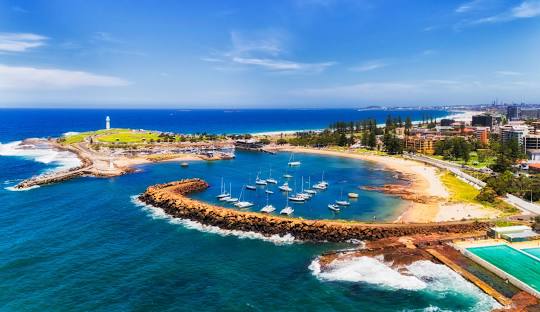
Wollongong’s Climate: A Mild Oceanic Environment with Seasonal Extremes
Posted by on
Wollongong’s climate is classified as oceanic (Köppen: Cfb), bordering on humid subtropical (Cfa). The city enjoys mild temperatures year-round, with its warmest month averaging 21.9°C (71.4°F), just below the subtropical threshold of 22°C (72°F). The highest recorded temperature in the city was 44.1°C on January 1, 2006, while the coldest was 0.8°C on July 27, 1986. Wollongong experiences an average of 107.4 clear days annually, contributing to its generally pleasant weather.
Rainfall is spread throughout the year, with a tendency to be heavier in the first half, especially in the warmer months. This precipitation is often driven by orographic lift from the Illawarra Escarpment and the city’s location on the coast near the Tasman Sea, making it susceptible to moist easterly winds. A particularly significant weather event occurred on August 18, 1998, when Wollongong recorded 316mm of rainfall in just three hours, with nearby Mt Ousley receiving more than 445mm, resulting in severe flooding.
In addition to heavy rains, Wollongong experiences thunderstorms during the summer months, bringing lightning, heavy rain, and sometimes hail. Winter, on the other hand, brings westerly gales, with wind speeds reaching over 100 km/h, especially during July and August. These dry, gusty winds, known as foehn winds, originate from the Great Dividing Range, affecting the leeward side of the mountains.
While the city enjoys mild, temperate weather for much of the year, the occasional extremes, including intense rainfall and strong winds, create a dynamic and ever-changing climate, adding character to Wollongong’s environmental landscape.